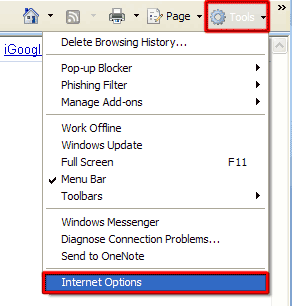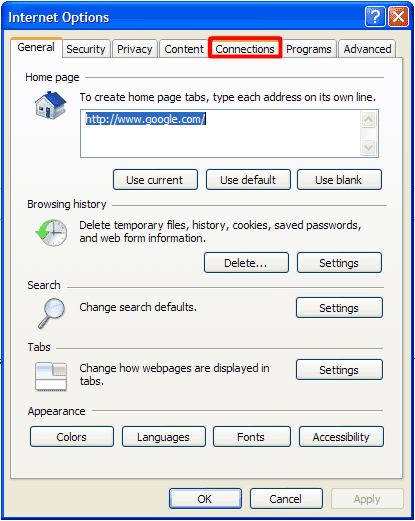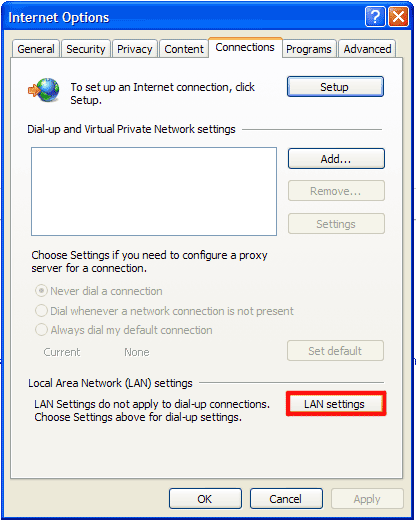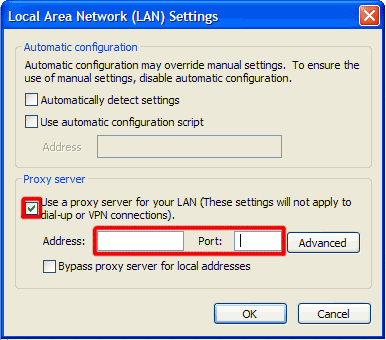- Blocks internet connection
- Block exe files from running
- Installs itself without permissions
- Connects to the internet without permission
- Normal system programs crash immediatelly
- Slow internet connection
- System crashes
- Annoying Pop-up's
- Slow Computer
System Security 2011System Security 2011 is a fraudulent antivirus application. It masquerades as a legitimate product that is there to protect you from serious threats, but it is a dangerous threat itself, and you need to stay away from this rogue as far as possible. This rogue derives from the same despicable family as OpenCloud Security, another harmful and seditious rogue antispyware application. System Security 2011 will use many tactics to trick its victims into paying for its worthless software, and users are warned to steer well clear of System Security 2011. If you happen to be infected with System Security 2011 you need to put some effort into removing this rogue from your system, otherwise you might end up throwing your computer away as the system crashes completely. The rogue will enter your system unbeknownst to you and will only reveal its presence once the rogue is ready to start its attack against the PC. This will usually happen by System Security 2011 initiating a fake security scan of the system which will invariably lead to falsely reported threats on the system. One of the most annoying things about System Security 2011’s infection is its endless stream of fake security notifications. They pop up every other minute carrying false information. These messages are generated in order to scare in you into buying the full version of System Security 2011. Supposedly the full version should be able to delete all the threats found in your computer, but that is a blatant scam. By paying for this worthless program you would reveal your credit card number and other banking information to a third party. Some of these fake alerts read as follows: svchost.exe Windows Security Alert Warning! Infection found Warning! Infection found Security Warning Next, the hackers behind this rogue would be able to access your bank account anytime and steal your money. Contact your bank and inform them about the possible theft if you have paid for the rogue already, and then get yourself a good antispyware tool which will help you to erase System Security 2011 from your computer for good. Other symptoms associated with this rogue vary from users being unable to connect to the Internet to being unable to launch applications on the system. This is all done to further annoy and panic the user into parting with his money for this worthless software. In order to stave off these attacks, you can enter one of the following activation keys so as to disable System Security 2011's irritating symptoms: 7246526785 In order to protect your PC against the severe damage and threat posed by System Security 2011, destroy System Security 2011 with the help of a powerful security tool. This will not only erase System Security 2011 from the system for good but will also protect you against similar attacks in future.
Download Spyware Removal Tool to Remove* System Security 2011
How to renew your internet connection:This rogue antispyware blocks your Internet connection to prevent you from removing the rogue application. To enable the Internet connection, please follow these instructions:
| ||||||||
|
Download Spyware Removal Tool to Remove*
System Security 2011
| ||||||||

|
How to manually remove System Security 2011
Files associated with System Security 2011 infection:
SzzzONNtxA0uS.exe
dwme.exe
%Temp%\svhostu.exe
%UserProfile%\Desktop\System Security 2011.lnk
%System%\[random].exe
%StartMenu%\Programs\Startup\crss.exe
%StartMenu%\Programs\System Security 2011\System Security 2011.lnk
%StartMenu%\Programs\System Security 2011\
%AppData%\[random]\System Security 2011.ico
%AppData%\svhostu.exe
%AppData%\ldr.ini
%AppData%\[random]\
System Security 2011 processes to kill:
dwme.exe
%AppData%\svhostu.exe
%StartMenu%\Programs\Startup\crss.exe
%Temp%\svhostu.exe
%System%\[random].exe
Remove System Security 2011 registry entries:
HKEY_LOCAL_MACHINE\SOFTWARE\Microsoft\Windows\CurrentVersion\Run "[random]"





Post comment — WE NEED YOUR OPINION!